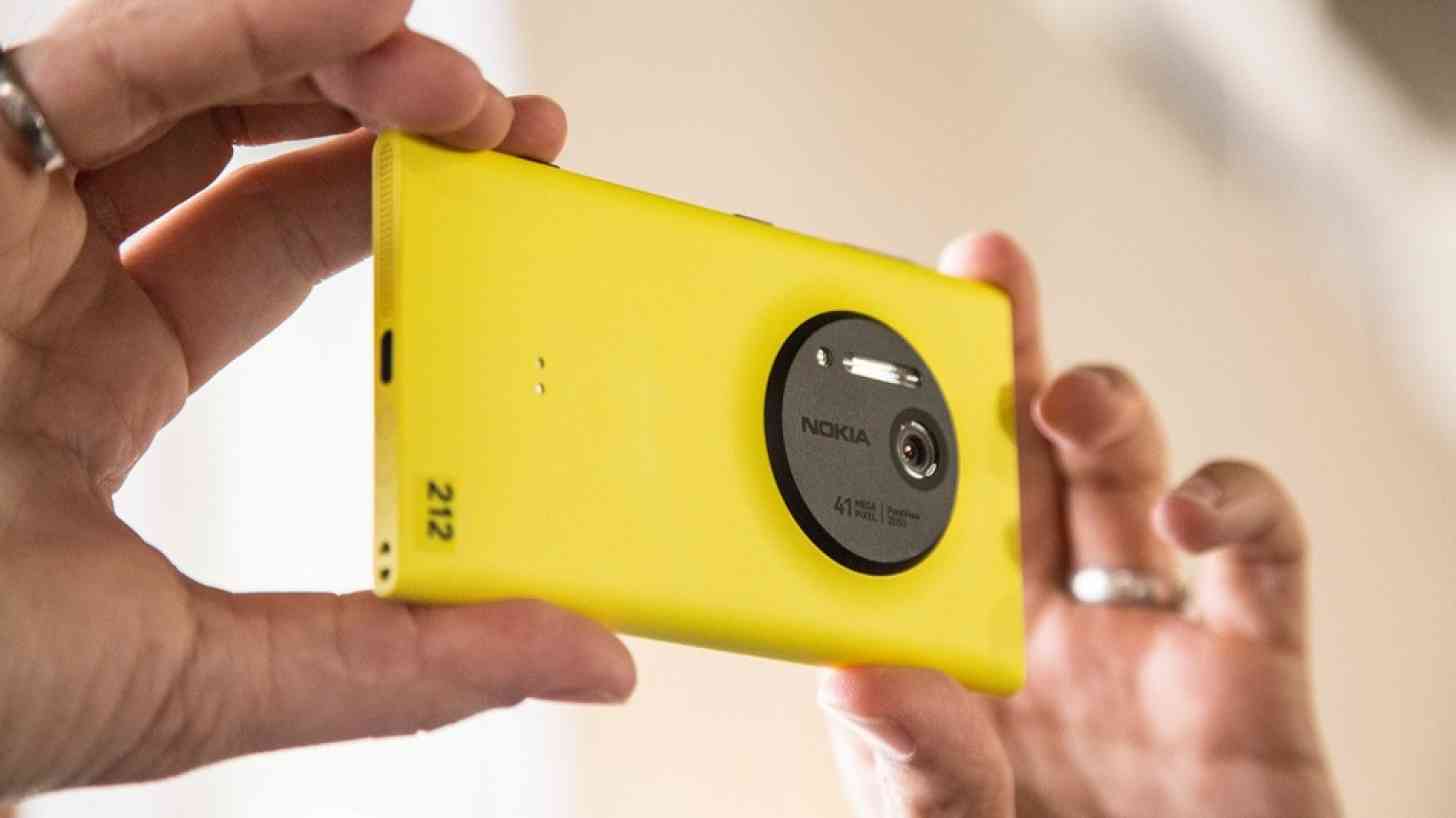
As you probably already know, Microsoft is undergoing a major shift in its mobile department this year, with the aim to go from zero to hero. Microsoft's Windows Phone operating system has proven rather fruitless in its efforts thus far, but with the big unveiling of Windows 10 (which will serve as the operating system for Windows computers, tablets, and smartphones) just around the corner, expectations are high for seeing big, positive changes come to the Redmond company.
We’ve discussed the Windows 10 Mobile software a bit, and more recently we’ve also discussed a couple of key features like Continuum and Microsoft’s latest attempt at fixing the infamous app gap that Windows Phone has. Today it’s time to talk about another thing that’s been missing from Microsoft’s Windows Phone line-up lately, and that’s a flagship device.
For the past year and a half, new Windows Phone devices have been released fairly consistently. The only problem with the releases is that they’ve only been low to mid-range offerings, which is actually not a bad thing when you consider that Windows Phone doesn’t particularly need the fancy things in order to run well. However, that doesn’t mean that Windows Phone couldn’t use a more powerful system for better performance, better battery life, and better features. But, as it stands, that’s just not in the cards for Windows Phone users right now.
And it’s probably better off that way, because releasing a flagship for Windows Phone at this particular moment would be pointless anyway. Despite the fact that it would have a free upgrade to Windows 10 Mobile once it’s released, the flagship would likely be several months old at that point and in the smartphone world, time is of the essence when it comes to creating a popular flagship. Microsoft would be better off unveiling a flagship alongside its release of Windows 10 Mobile (which is scheduled to release sometime after Windows 10 for PCs and tablets).
Still, whenever the time does come for Microsoft to release a new Lumia flagship, it’s going to need to be just as impressive as ever. This is crucial for drawing people in. While the actual specs of a Windows Phone don’t need to be as powerful as an Android or iOS device to function well, it’s a good idea to make it comparable anyway. For people considering the switch from Android or iOS to Windows, knowing that they have a phone that’s comparable in power to their current devices will be an important factor, as well as certain features.
Lumias, at least under the Nokia name, have been well-known for their great cameras. From the Nokia Lumia 920’s 8.7-megapixel camera with the Carl Zeiss lenses to the Lumia 1020’s insane 41-megapixel camera, Lumia’s flagships have always been notoriously focused on good camera quality. Microsoft would be doing themselves a favor if they kept this focus, especially since the camera is such a versatile feature that not all flagships take seriously, but many consumers consider to be an important one.
You also have the fingerprint scanning feature, which has yet to be introduced in Windows Phone devices but has already become a rather standard feature in Android and Apple flagships these days. Although not a necessity, this particular security feature seems to have taken off rather well elsewhere and would be wise of Microsoft to implement at this point.
A removable battery and microSD card slot are two trivial features that have been phasing out, but are still quite popular. It’s been somewhat of an issue in Android devices, especially with Samsung finally breaking away from the inclusion of these two features with the Galaxy S6, but since the new LG G4 managed to keep them there at least options for Android users. Users don't currently have that many options for Windows Phone devices, so Microsoft would benefit by making this an option now. Although Microsoft is a big name in cloud storage, the addition of a microSD card slot isn’t something that I see a lot of people complain about. You either use it or you don’t, but having the option seems better than not. The same goes for removable battery; I haven’t seen many people express frustration with the fact that they’re able to easily replace the battery themselves. I’ve learned to live without both of these features, but for Microsoft’s sake I think that they would most certainly benefit from including both of these options in their first flagship.
There are a lot of eyes on Microsoft this year, and Windows 10 in general has a huge hype surrounding it. In order for Microsoft to succeed, at least in the mobile department, I believe a large part of that equation involves a great flagship to accompany the refreshed operating system. Obviously there is a lot that Microsoft can do in order to produce a fantastic flagship, but I think the above would be some of the most important points for them to hit.